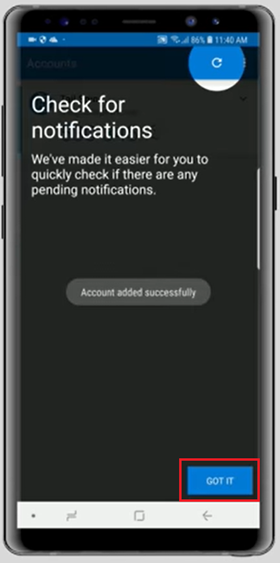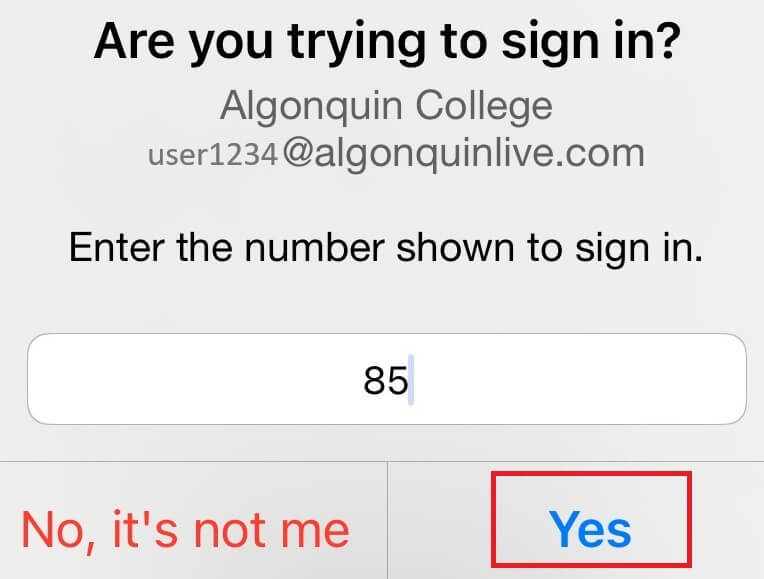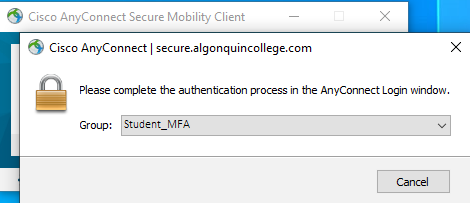Multifactor Authentication (MFA) and VPN Support for Students
As a part of ongoing efforts to ensure College data and applications remain secure ITS regularly reviews and updates it security practices.
Currently, Learners at the College have used Entrust for MFA authentication for secure VPN connection to College resources. Moving forward the College has standardized using Azure MFA and will be phasing out Entrust. Learners will use the Microsoft Authenticator App to authenticate connecting to VPN.
Students who already use Microsoft Authenticator for their MFA and are looking for instructions for VPN, please go to Step 4 below.
If you have any problems setting up your MFA, ITS Support is available Mon-Fri 7:30 am – 5:00 pm.
Phone: 613-727-4723 ext. 7221 or 1-866-921-5763 (toll free)
Email: 5555@algonquincollege.com
Instructions for setting up and using MFA
To register for MFA, you will need:
- Your Algonquin College credentials (username and password)
- A mobile device (iOS or Android Phone/Tablet)
- Computer with web browser
- An internet connection
In the following instructions you will login to your Algonquin College account add the MFA authentication method, download, install and set-up MS Authenticator on your mobile device and finish the process.
All of the steps below must be completed for the registration to be successful.
Step 1/4: Sign in and add Multifactor Authentication (MFA) method
Getting started
Step 2/4: Download and set up Microsoft Authenticator App
Select the option that matches the version of your mobile device
Android 8.0 or iOS 15.0 and newer and devices with QR scanners
Devices older than Android 7.0 or iOS 10.0
Step 3/4: Setting the Authenticator App as the default authentication method
How to set the Authenticator App as the default authentication method
Step 4/4 Configure Cisco AnyConnect and use Microsoft Authenticator to sign into VPN
Select the Cisco AnyConnect application version that matches your device’s operating system.
























































